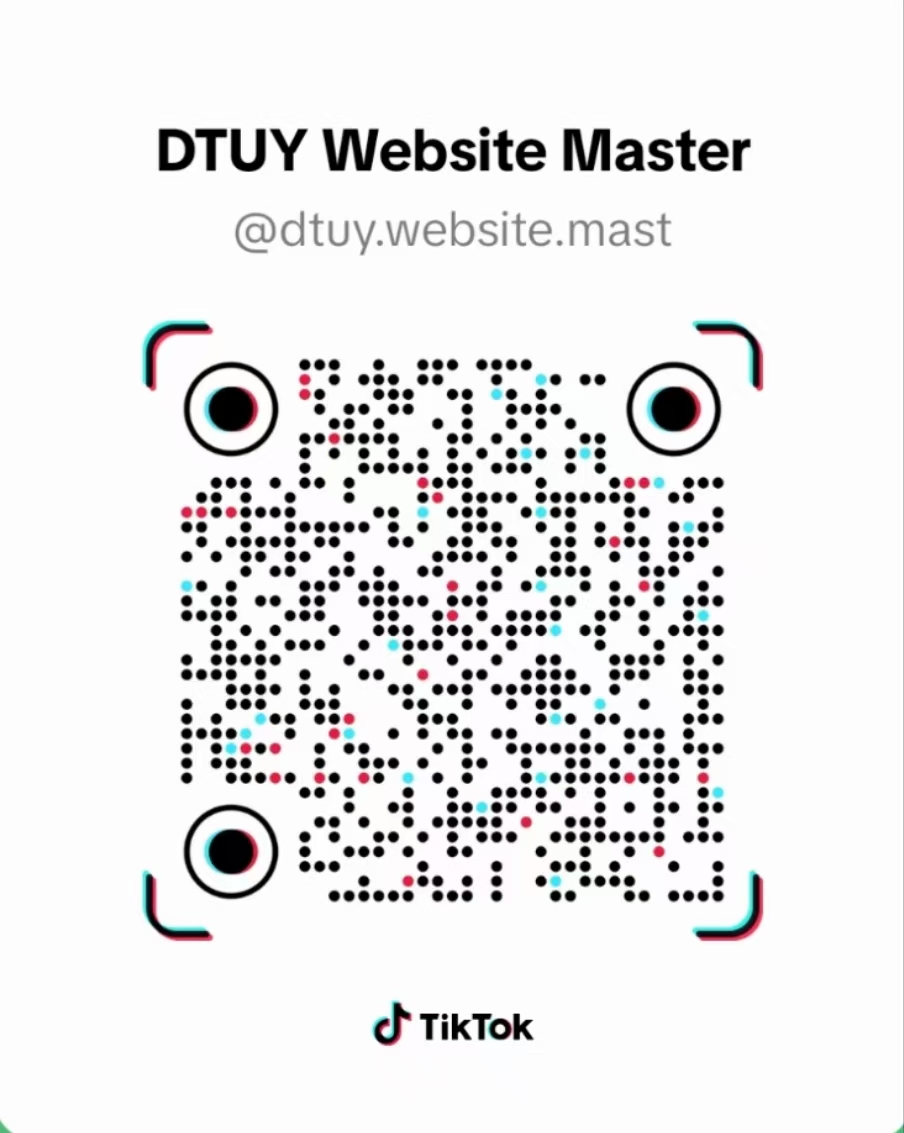In today's digital environment, website construction is of vital importance to B2B enterprises. Unlike consumer-oriented platforms, B2B websites typically handle sensitive company data, customer information and proprietary business processes. This article Outlines a step-by-step guide for website construction and design, while prioritizing data security through private deployment and avoiding Saas-based solutions.
1. Define Clear Objectives and Security Requirements
Before initiating website development, B2B enterprises must align their goals with security imperatives. Unlike SaaS platforms, which centralize data storage on third-party servers, private deployment ensures full control over data access, encryption, and compliance. For instance, industries like finance, healthcare, or manufacturing must adhere to strict regulatory standards (e.g., GDPR, HIPAA). A private deployment approach allows customization of security protocols, such as role-based access controls and multi-factor authentication, to meet these needs.
2. Choose a Domain and Reliable Hosting Provider
Select a domain name that reflects your brand identity and is easy to remember. For hosting, avoid shared SaaS environments where data may coexist with other tenants. Instead, opt for dedicated servers or cloud-based private hosting solutions like Alibaba Cloud or Tencent Cloud, which offer isolated infrastructure and compliance certifications. These providers enable enterprises to deploy firewalls, intrusion detection systems, and regular security audits—critical safeguards often absent in SaaS models.

3. Design a User-Centric Interface with Security in Mind
Website design should balance aesthetics and functionality while integrating security features. Use tools like Pixso for collaborative design, ensuring consistency in fonts, colors, and layouts. However, avoid embedding third-party plugins or analytics tools that could introduce vulnerabilities. For B2B portals requiring secure transactions (e.g., client portals, payment gateways), implement end-to-end encryption and PCI-DSS compliance.
4. Develop Custom Features for B2B Needs
Unlike SaaS platforms with standardized templates, private deployment allows tailored functionalities. For example, integrate CRM systems, document management tools, or API gateways to connect with enterprise software. Develop these features in-house or partner with agencies specializing in secure web development. Ensure code is regularly audited for vulnerabilities like SQL injection or cross-site scripting (XSS).
5. Prioritize Data Encryption and Backup Strategies
Data security is non-negotiable. Encrypt sensitive information both in transit (using TLS 1.3) and at rest (via AES-256 encryption). Implement automated backup systems with geographically redundant storage to prevent data loss. Unlike SaaS providers, which may limit backup frequency or retention, private deployment grants full control over backup schedules and recovery processes.
6. Conduct Rigorous Testing and Compliance Checks
Before launching, test the website across devices, browsers, and network conditions. Use tools like OWASP ZAP to scan for security flaws. For B2B enterprises, compliance with industry standards (e.g., ISO 27001, SOC 2) is essential. Private deployment enables custom compliance configurations, such as audit trails for data access or GDPR-compliant data deletion workflows.
7. Launch and Monitor with Proactive Security Measures
Deploy the website on a private infrastructure and monitor it 24/7 using tools like SIEM systems. Unlike SaaS platforms, where security updates are managed centrally, private deployment requires in-house or third-party expertise to patch vulnerabilities promptly. Train employees on cybersecurity best practices, such as phishing awareness and password management, to mitigate insider threats.
Why Avoid SaaS for B2B Websites?
SaaS platforms offer convenience but pose risks for B2B enterprises:
-
Data Control: SaaS providers own the infrastructure, limiting transparency into data storage and access.
-
Customization: SaaS templates restrict integration with legacy systems or proprietary tools.
-
Compliance: Shared environments may not meet industry-specific regulations, exposing enterprises to fines.
-
Vendor Lock-In: Migrating data from SaaS platforms can be costly and complex.
For B2B enterprises, a privately deployed website is the cornerstone of digital trust. By partnering with specialized agencies or building in-house capabilities, businesses can ensure data sovereignty, compliance, and scalability. In an era where cyber threats evolve rapidly, investing in private deployment is not just a security measure—it’s a strategic imperative to safeguard corporate reputation and client trust.




 171
171

















